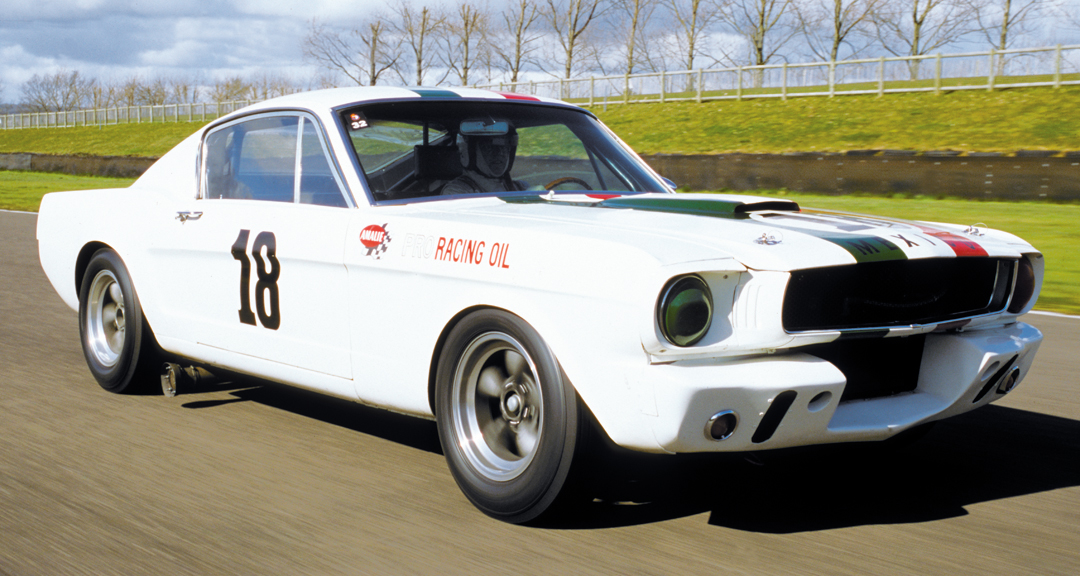1965 Shelby GT350R
When Ford introduced the first Mustang to the American public in 1964, the company knew it had a winner, and orders came in a rush on the heels of almost completely positive reviews of the car. This was in spite of the fact that it was not a performance car, even though it was invited to be the pace car at the Indy 500 that year.
Ford decided to cash in on this publicity and built 37 promotional cars, two of which were taken off the line and had the High Performance 289 V-8 inserted, and these two became the Indy pace cars. These two cars also featured a four-speed transmission and an up-rated suspension. This performance package would later be offered as the “top of the range” set of options for the Mustang. As attractive as the new car was, however, it still wasn’t in the same league as the other new “muscle cars” of the period: the Pontiac GTO, the Chevelle and Chevy IIs, big Galaxies and Plymouth Belvederes…the whole range of production cars which were growing impressive performance option packages and cornering an important sector of the market.
No Subscription? You’re missing out
Get immediate ad-free access to all our premium content.
Get Started



